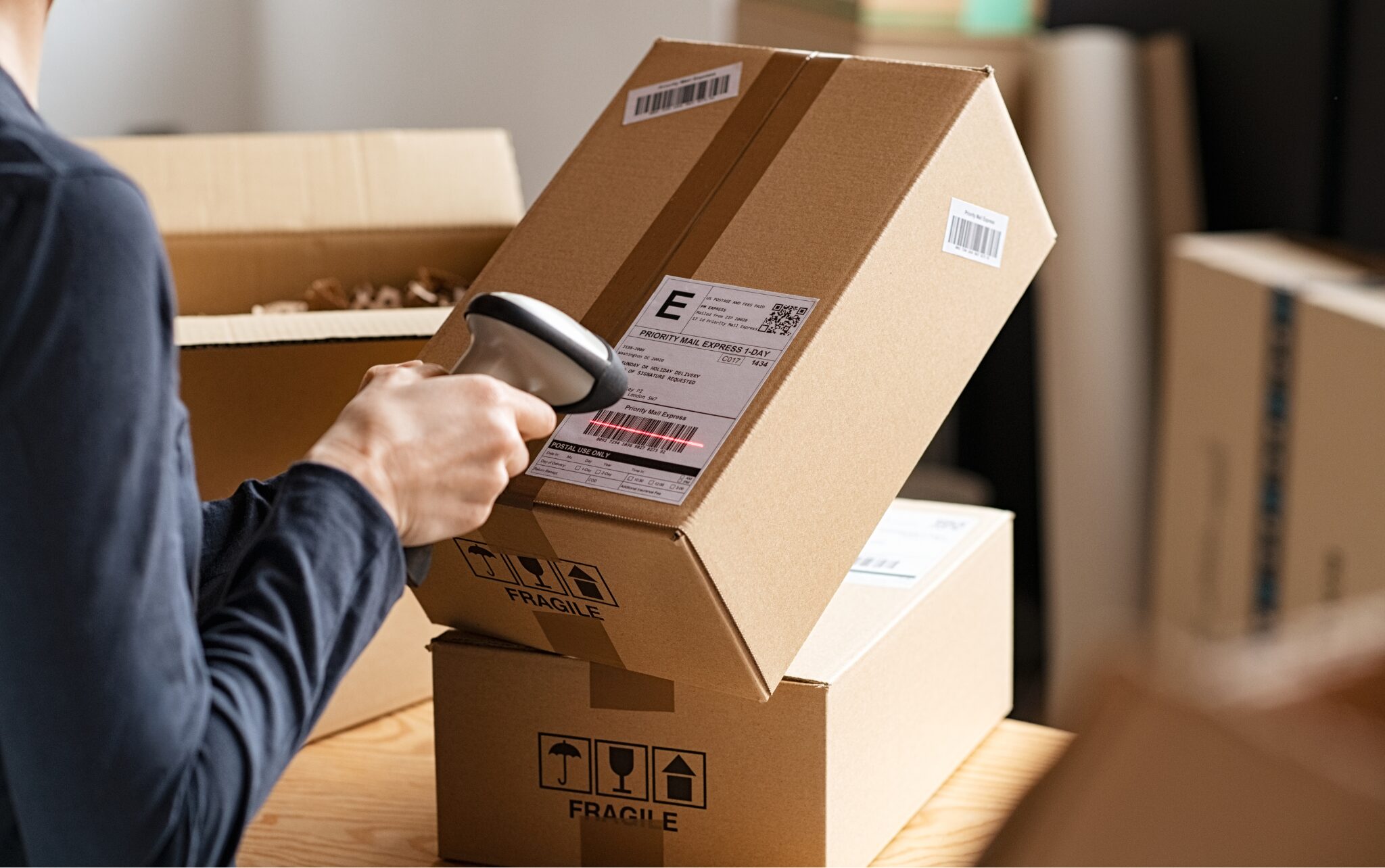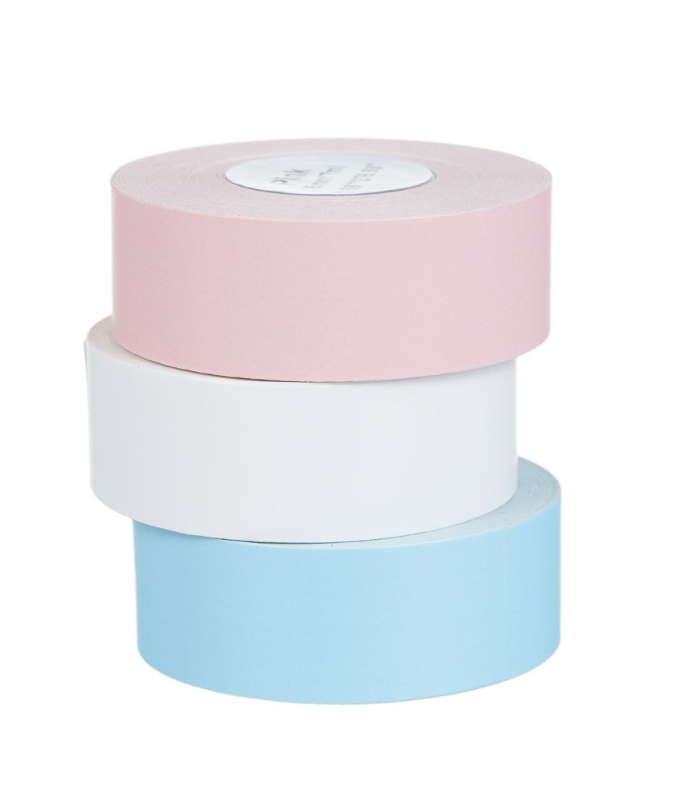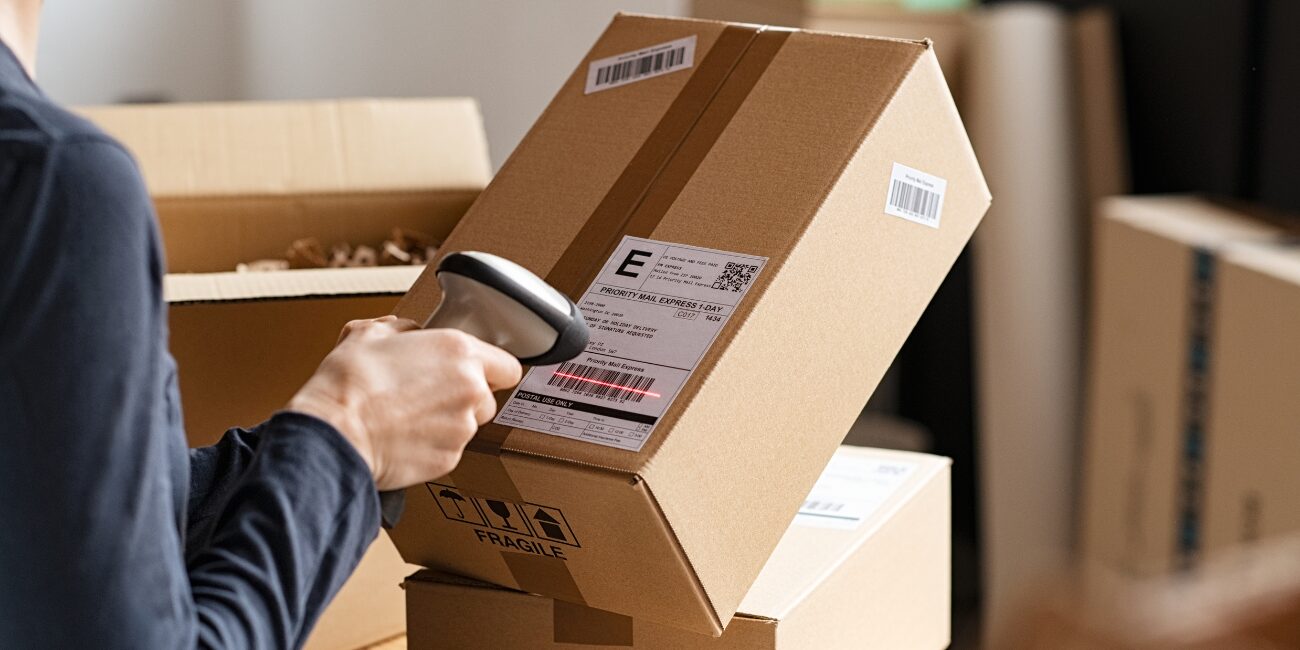Technologies are driving the world and significantly changing the ways of working in retail, warehouses, and logistics. Instead of manually recording data on paper, today we can encode all necessary information into a simple barcode. There are several options – so which type of code is worth using, and when?

1D – the one that started it all...
The first major breakthrough in automation came with the 1D barcode, which encodes information using black and white bars. We most commonly encounter it in the form of EAN/UPC codes, and it can be found almost everywhere – on groceries, books, and courier labels.
When is a 1D code ideal?
- When you need to encode a smaller amount of information
- When working with a point-of-sale system
- If you want to ensure efficient inventory management in a warehouse
- You are looking for an accessible and widely used solution on the market
Disadvantages of 1D codes
- They require an external database to display the content
- They can encode only basic information (about 20 characters)
- The scanner must be precisely aimed; it does not work from different angles
- 1D scanners cannot read other types of codes (e.g., 2D)
Uses of 1D codes:
Labeling goods using EAN codes
Scanning goods and locations in the warehouse
Working with shipping labels
Searching orders by barcode
2D barcodes – when you need more
2D barcodes are a modern solutionwhich are becoming increasingly popular thanks to their flexibility and the amount of data they can encode, using a system of dots and geometric shapes. The best-known examples are QR code and Data Matrix.
Advantages of 2D barcodes
- You can encode a large amount of data in a single code
- Independent of a database – the data is stored directly in the code
- The scanner can read the code from any angle
- Compatible with 1D codes
- They can also be scanned using a regular smartphone
Disadvantages of 2D codes
- Higher initial cost of 2D scanners
- Not every system is prepared for 2D support
Where are 2D codes used?
Invoices and payments (e.g., QR payment via phone)
Marketing campaigns – discounts, links, reviews
Internal warehouse labels – batches, quantities, dates
Processing returned orders
Current trend: Transition to 2D – Sunrise 2027 initiative
Under the pressure of the need for more data and connection to the digital world, we are globally moving towards 2D codes. This change also has an official form:
Sunrise 2027
The GS1 organization, which standardizes barcodes, has launched an initiative requiring all point-of-sale (POS/POC) systems to be capable of reading 2D codes by the end of 2027. This project is already being tested in over 48 countries covering 88% of the world’s GDP.
Technical advantages of 2D codes:
- Capacity and flexibility: up to several thousand characters compared to about 20 characters in 1D codes
- Error correction: they include mechanisms that ensure readability even if the code is damaged, thereby improving reliability
- Multi-data capabilities: besides GTIN (EAN), they can also cover dates, serial numbers, URLs, media, etc.
GS1 Digital Link – the future of EAN codes
GS1 does not plan to completely replace EAN/GTIN – instead, it expands them through the GS1 Digital Link concept. This allows encoding the EAN into a URL that leads to a webpage with additional information (nutritional values, certificates, instructions, etc.) and enables tracking customer behavior statistics. Thus, the EAN does not disappear but transitions into a modern digital form.
Barriers to fully replacing 1D codes
- Investment costs: replacing hardware and software, as well as internal systems, can be challenging
- Unpreparedness of parts of the supply chain – smaller companies, distribution partners, and logistics centers may not be ready for 2D codes
- Consumer habits: although QR codes and their scanning via phone are common, at checkout they are still replaced only by professional scanners
The future – hybrid labels
The transition to 2D codes will not be abrupt – the next several years will be characterized by placing both 1D and 2D codes together on a single product. Gradual replacement is expected in sectors with higher demands – such as pharmaceuticals, automotive, or luxury goods, where this change may occur sooner.
Summary: 2D codes will not erase EAN but will take over its role in a more modern form – as a carrier of richer and interconnected data. The transition to them is necessary and accelerated by the “Sunrise 2027” initiative, but a complete replacement of 1D barcodes will occur over the coming years and always in accordance with the investment and operational capabilities of individual sectors.

